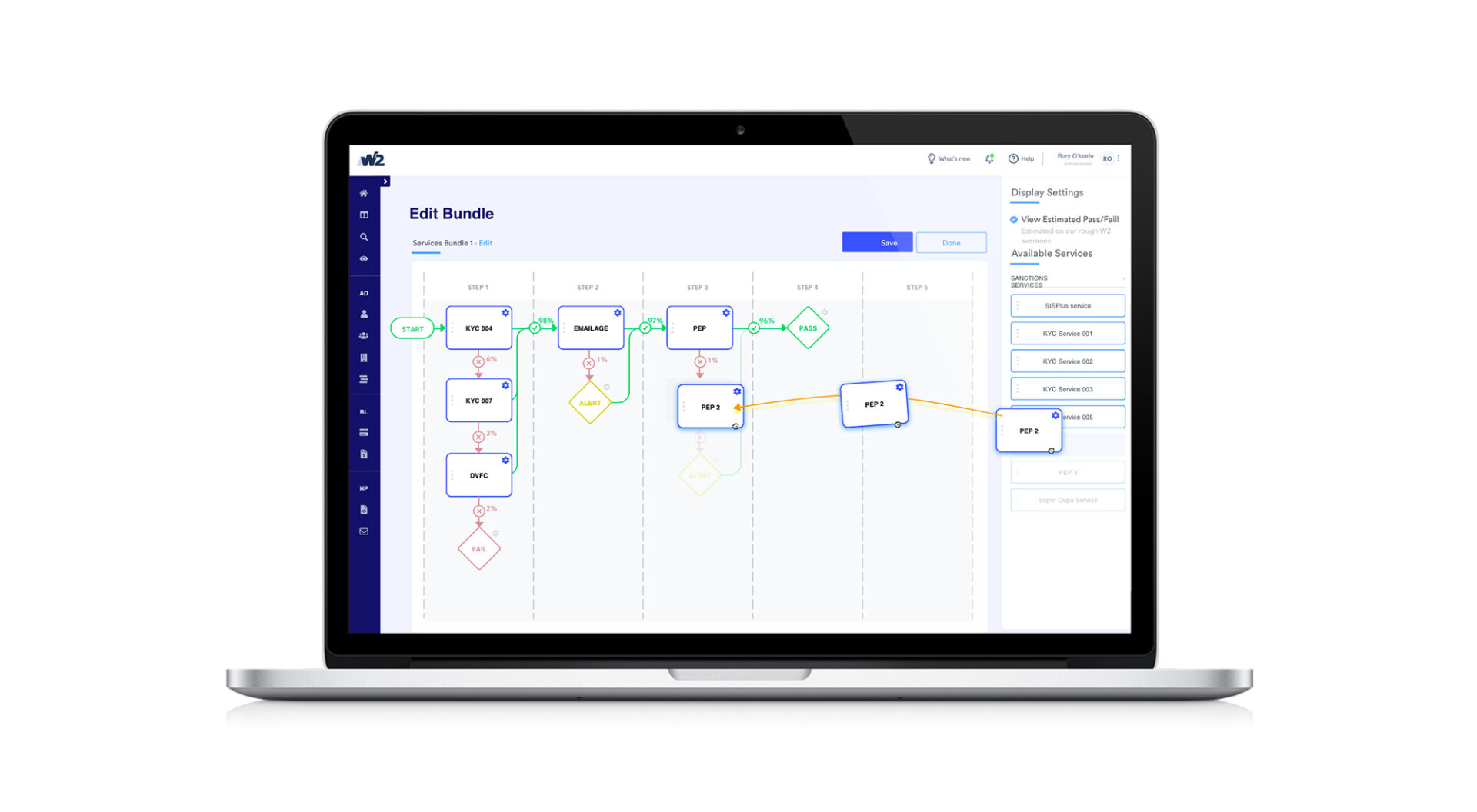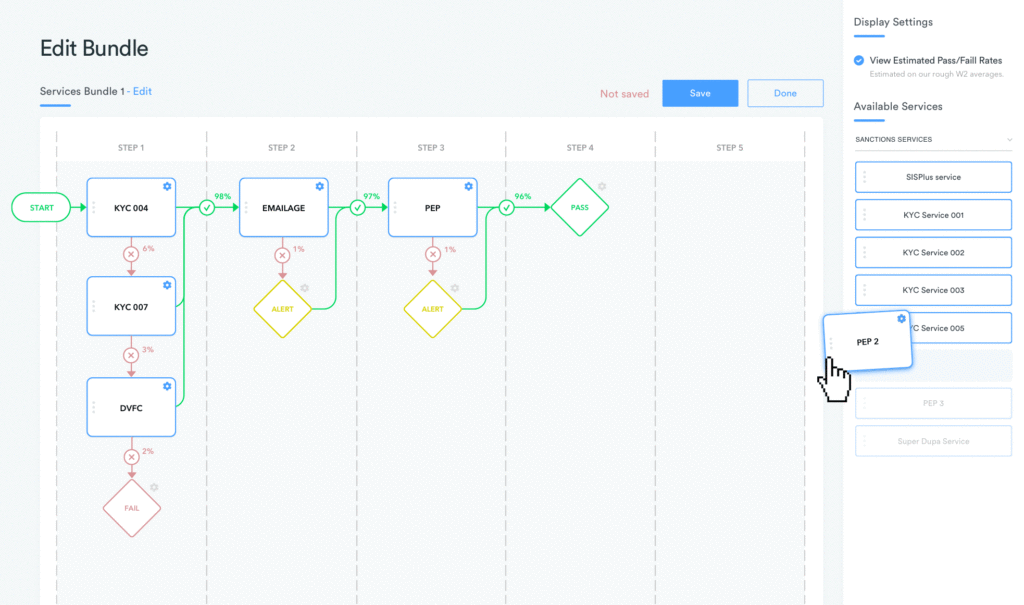
Feature Fake – UX Case Study
Where the fake door test is a fast and cost-effective method to measure users interest in your new feature or product, a Feature Fake is a fast and cost-effective way to test the usability and true value of a feature or product.
To mitigate the risk of spending too much time and money on creating a product or feature that might ultimately fail, you can fake it, until you make it.
Employing a Feature Fake is a valuable method that involves exploring and testing a seemingly working prototype. Working on the premise that features can be “faked” can help designers and developers even during the ideation stage, directing the products evolution.
Example
A great example of this can be seen in the rise of ‘pseudo-AI’. It’s hard to build a service powered by artificial intelligence. So hard, in fact, that some startups have worked out it’s cheaper and easier to get humans to behave like robots than it is to get machines to behave like humans. Essentially they prototype the AI with human beings and wait for the AI to be built.
Our Problem
We have designed a great new Bundle Building feature. Being that it is a completely new feature, we’re not sure if customers will like or use it.
The Solution
Make a fake one. Creating an “authentic” prototype that best embodies the feature/product and it’s interactions.
The designers and developers should not be confined to delivering a fully functional product at this stage. The goal is to represent and deliver the core functions of the feature, without connecting the backend technologies.
We have to go beyond conventional prototyping tools because these fall short on seeing the bigger picture. Simple prototyping tools are not equipped to mimic real user experiences that incorporate facets of larger connected contexts.
How?
- Make a working HTML/CSS/Javascript version of the Bundle Builder.
- Users can see, play with and configure their own Bundles.
- They can save their Bundle configurations, BUT the Bundles themselves aren’t actually created in the backend (because this will be the costly/hard part). Saved bundles will be set a “Pending Approval” and dealt with by support staff.
From the users perspective, this is a fully working feature. Their only concern will be the slow Pending and Approval stage.

The result
Jury is still out on this one. I’ll update this when we have the User Data that comes back.